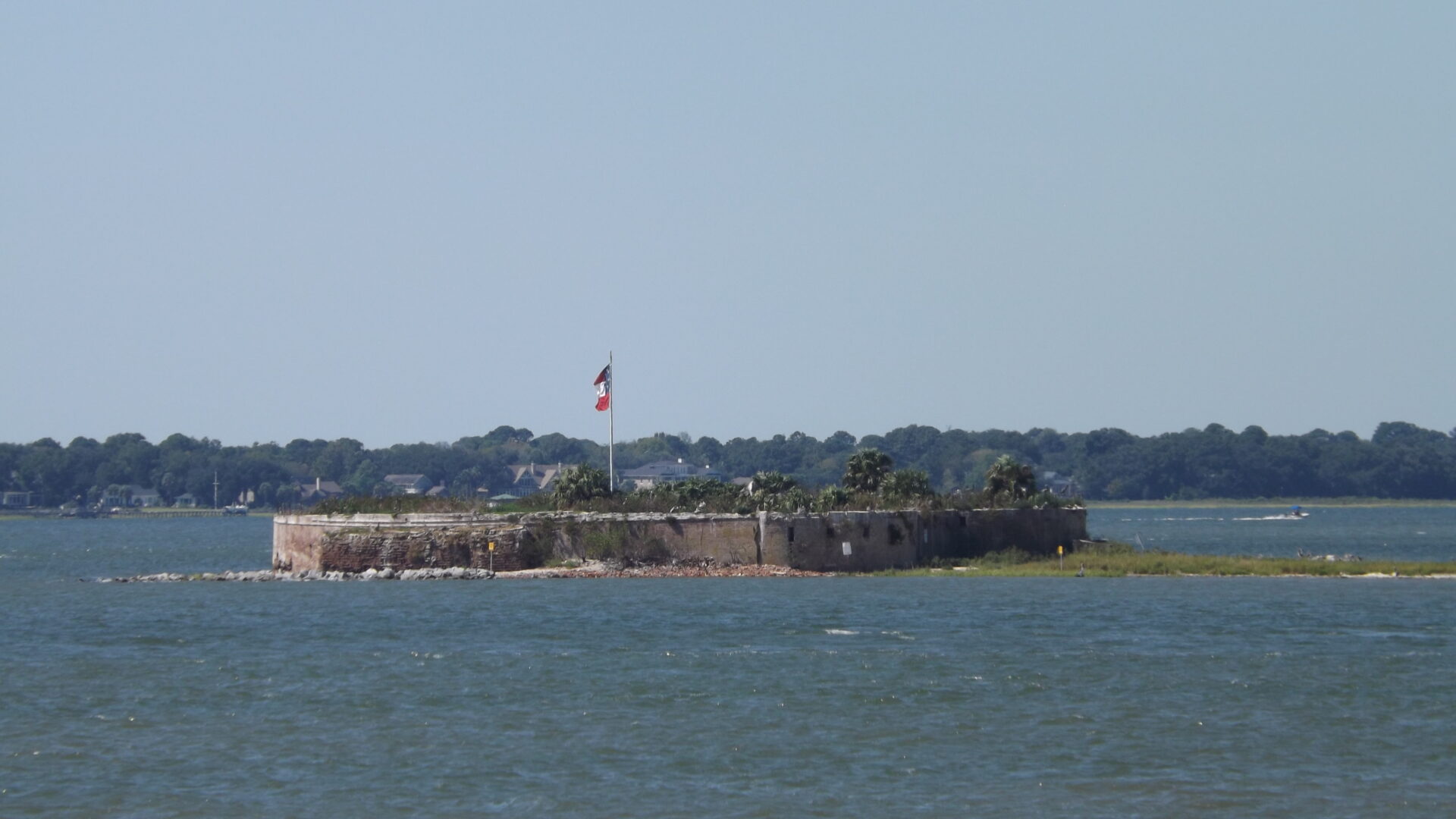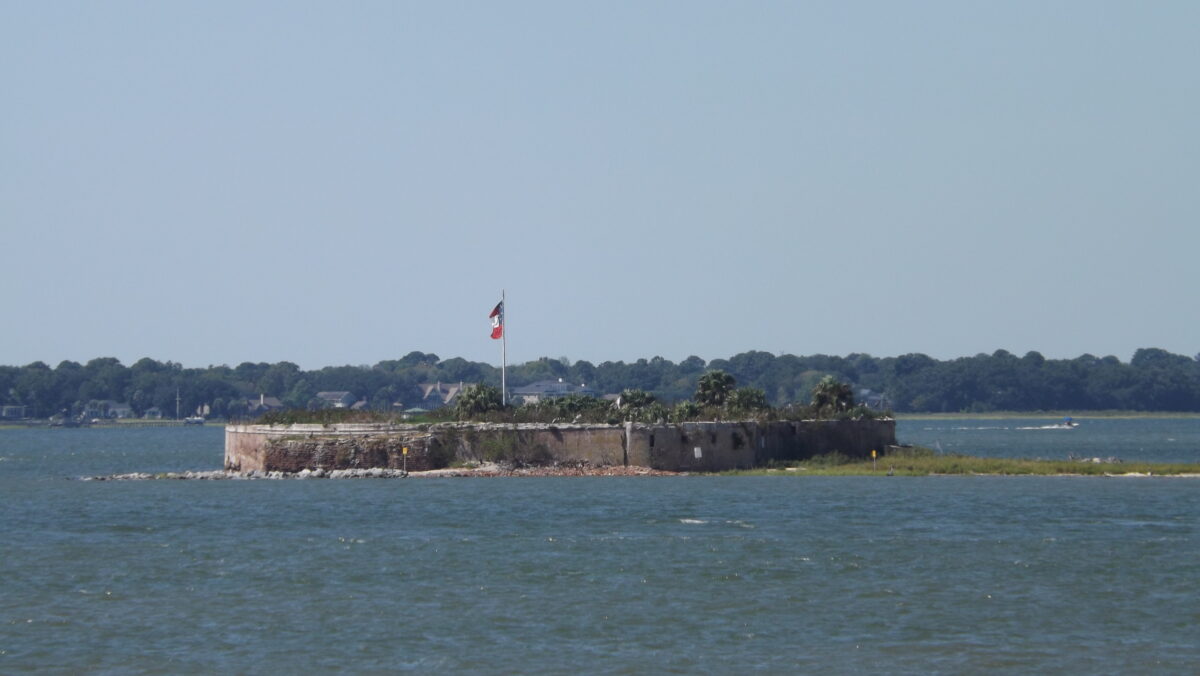Fort Sumter and Fort Moultrie National Historical Park
Seacoast defense. We don’t think of this all that much these days. Technology advancement has made defense against warships or submarines irrelevant. But back in the day… after the war of 1812, during the Civil War and during World War I & II, defense of key American harbors and coastlines was a critical strategy.
One of the most interesting of these harbor defense is preserved by the National Park Service in Charleston Harbor, South Carolina. That is Fort Sumter and Fort Moultrie National Historical Park.
Many have heard of Fort Sumter as the place where the first shots of the American Civil War were fired, but this fort played a role in coastal defense before and long after.
In fact, at the beginning of the Civil War there were four forts at the mouth of the Charleston Harbor and only one had much of a garrison. That one was Fort Moultrie, but when South Carolina seceded from the Union, the Union general deemed Fort Moultrie indefensible and moved to Fort Sumter. The Confederate attack on Fort Sumter in the spring of 1961 heralded the beginning of a long a bloody war.
Fort Sumter
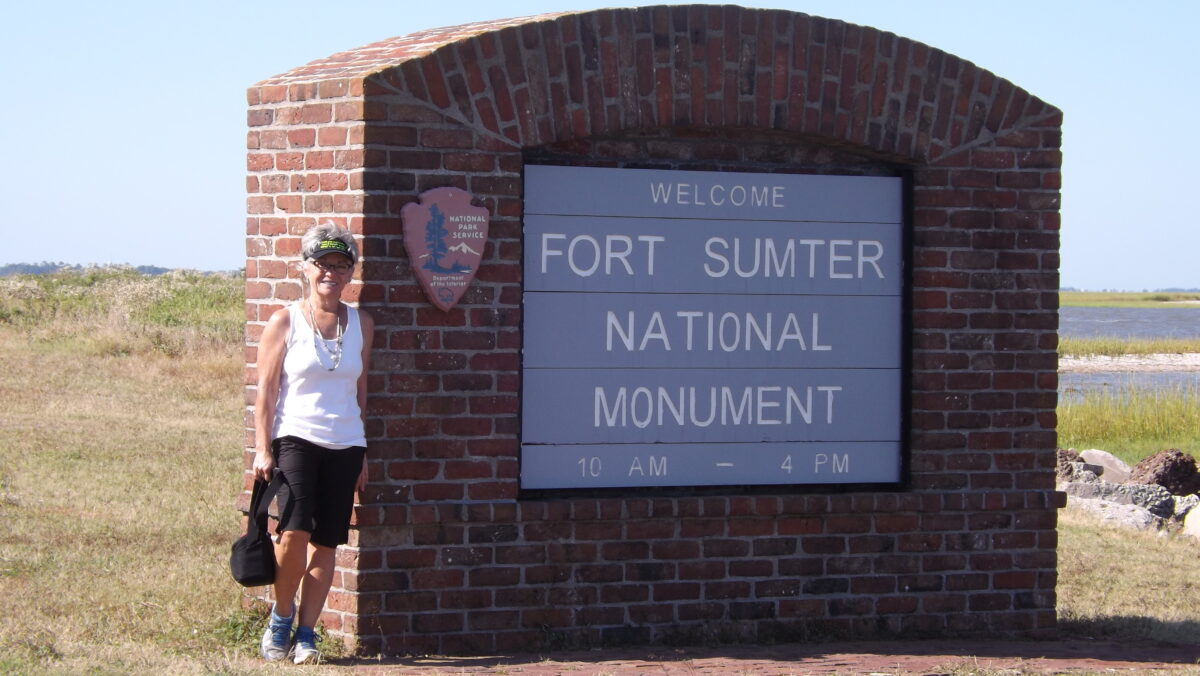
Fort Sumter was built after the War of 1812 to protect Charleston Harbor. Work started in 1829, but even after 20 years it was only 90% complete. The fort was built on a manmade island in the center of the main shipping lane, between Fort Moultrie and Fort Johnson. It was designed to be a massive five sided structure, with five foot thick walls and three levels of gun emplacements towering some 50 feet high over the water.
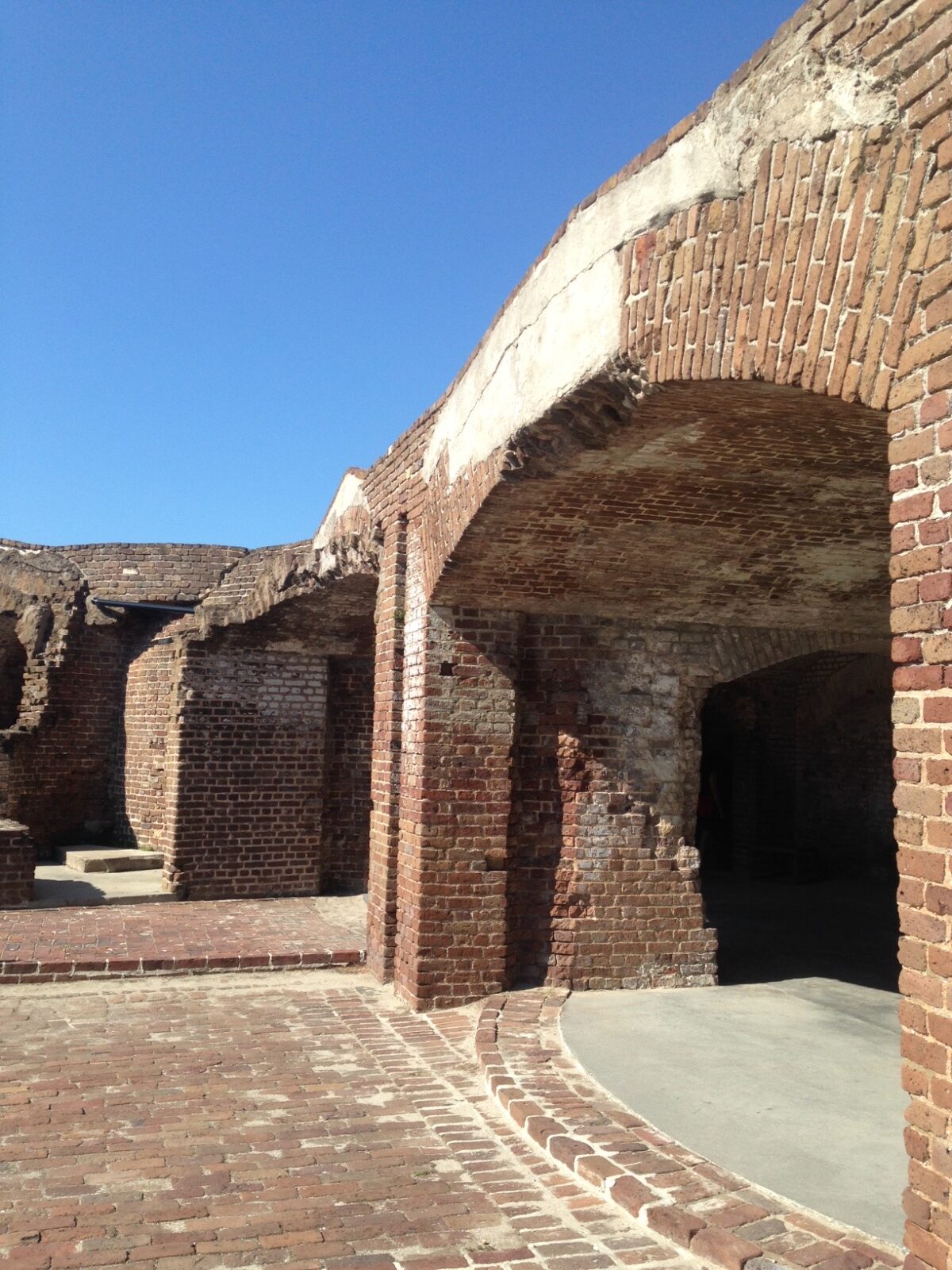
Built for 135 cannons and 650 men, by the end of December 1860, the fort had 15 cannons and no men.
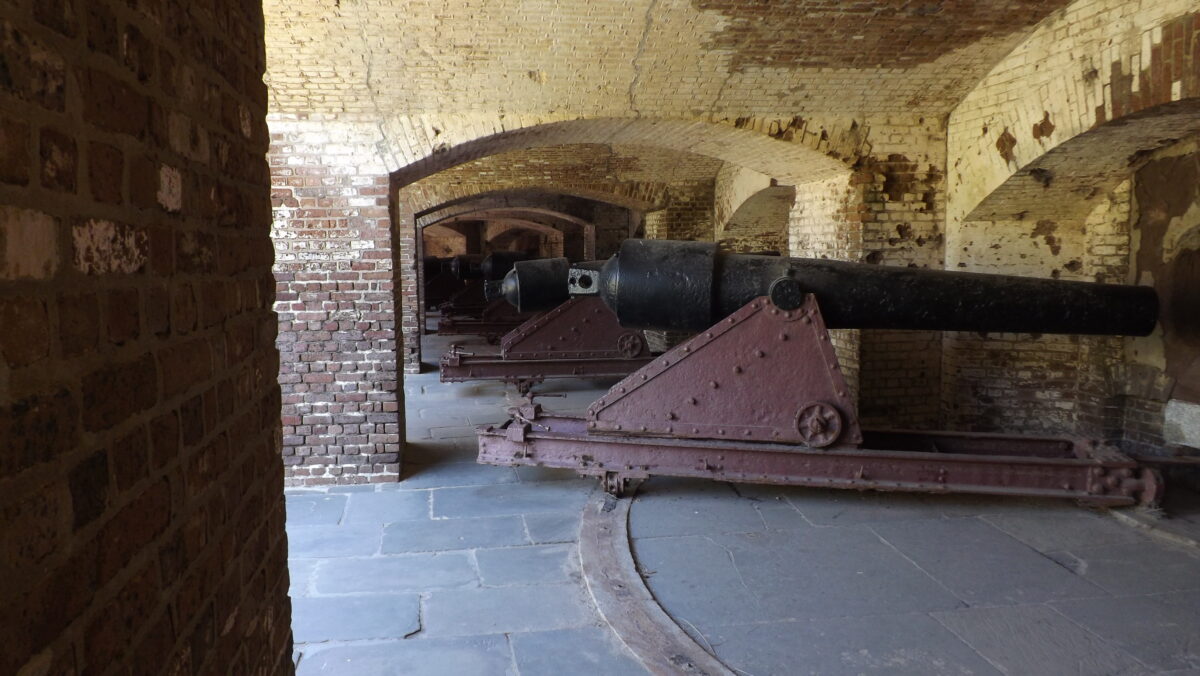
The Confederates held Fort Sumter and the surrounding forts throughout the Civil War. Even though the Union made many attempts to seize it back and reducing much of it to rubble, they were never successful.
After the Civil War, the US Army restored the fort, eventually building a huge gun battery on the old parade grounds in the late 1890’s to protect the harbor during the Spanish-American War. You can see that today when you visit the fort, along with remains of the original walls.
The only way to get to fort today is via a park concessionaire. The cost for the 1 hour round trip tour boat is about $25. Unfortunately your National Park Pass is not accepted. Private boats are not allowed to dock. You can get a boat from the harbor downtown, or from Liberty Point near Fort Moultrie. There is a self guided tour to this 235 acres site.
Fort Moultrie
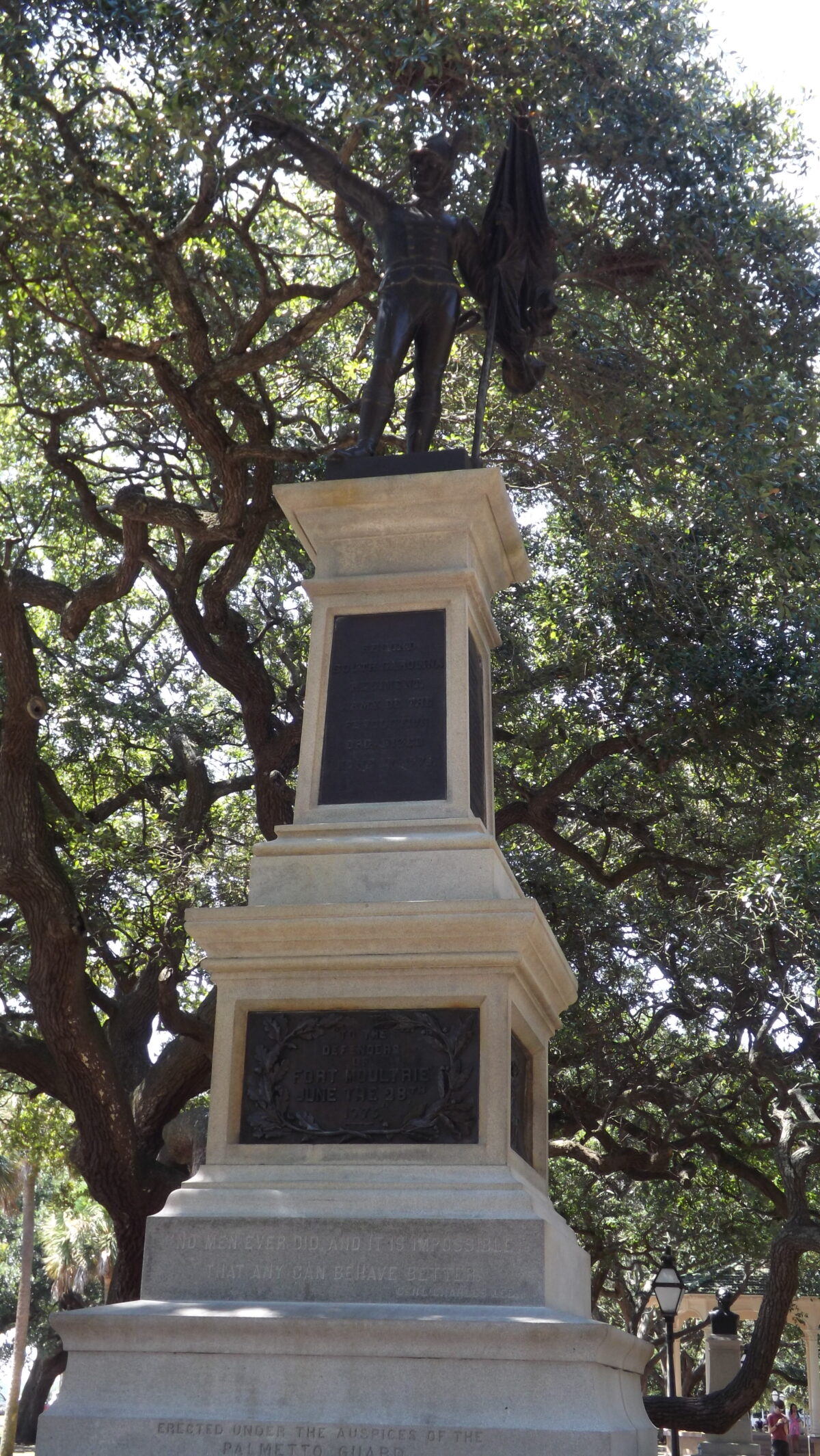
If you are visiting Fort Sumter and are tempted to skip Fort Moultrie, think again. It would be a shame to miss it because if anything, Fort Moultrie is even more interesting. It preserves and displays over 170 years of continuous service for seacoast defense.
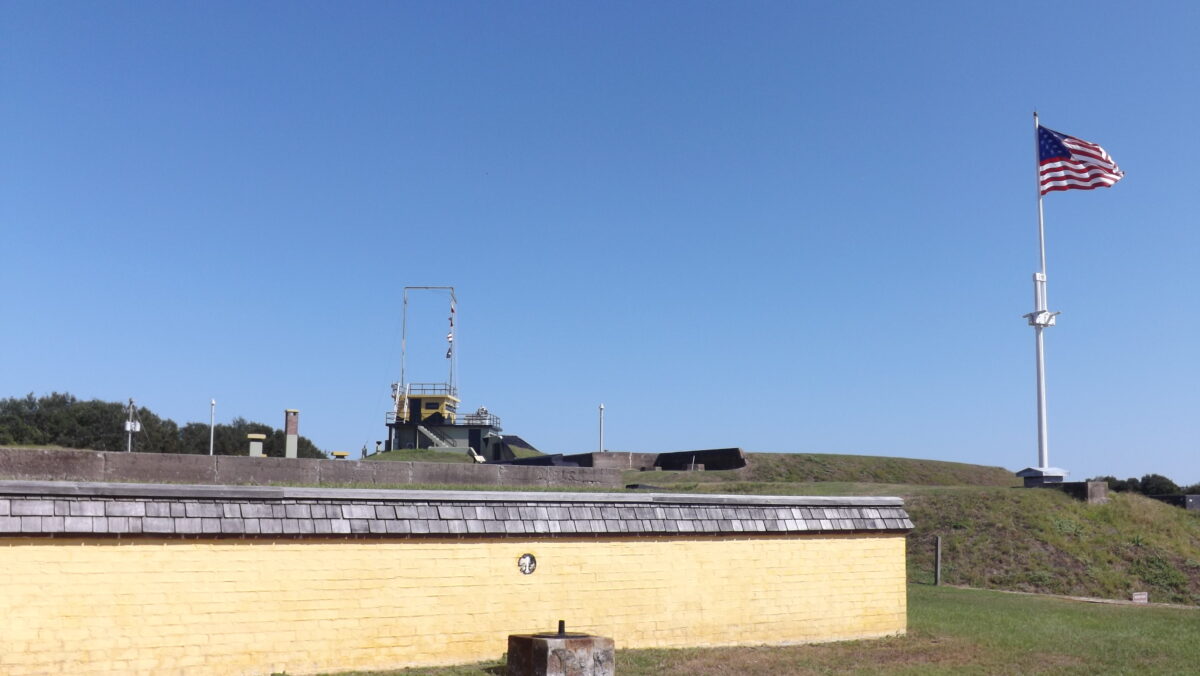
Some of the highlights:
- Built in 1776, the original fort at the site of today’s Fort Moultrie was the site of the first naval victory against the British in the Revolutionary War. Unfortunately the British captured and held this fort form 1780 through the end of the war in 1782.
- Neglected for some time, when war broke out between England and France, a new fort was built on this site and completed in 1978. This one was destroyed in a hurricane in 1804.
- Rebuilt again in 1808-9, this iteration of the fort didn’t change much for the next 50 years. It played its part in seacoast defense and held Native American prisoners in the 1830’s.
- During the Civil War, Fort Moultrie was held by the Confederates until they abandoned it in 1865. At that point, not much was left of the fort. It’s brick walls had been pounded to rubble.
- The US Army modernized the fort in 1870 and again in 1877, and once again in 1906. Each time the added more sophisticated guns, concrete and steel batteries and new technology.
- Although many of the guns were moved to the Western Front during World War I, World War II saw the fort upgraded again. But now the harbor had to be protected from submarines and aircraft, with anti-aircraft weapons and mines.
- Finally in 1947, with the advent of nuclear weapons and guided missiles, this type of seacoast defense was no longer a strategy and the fort was officially closed. In 1960, it was transferred to the National Park Service.
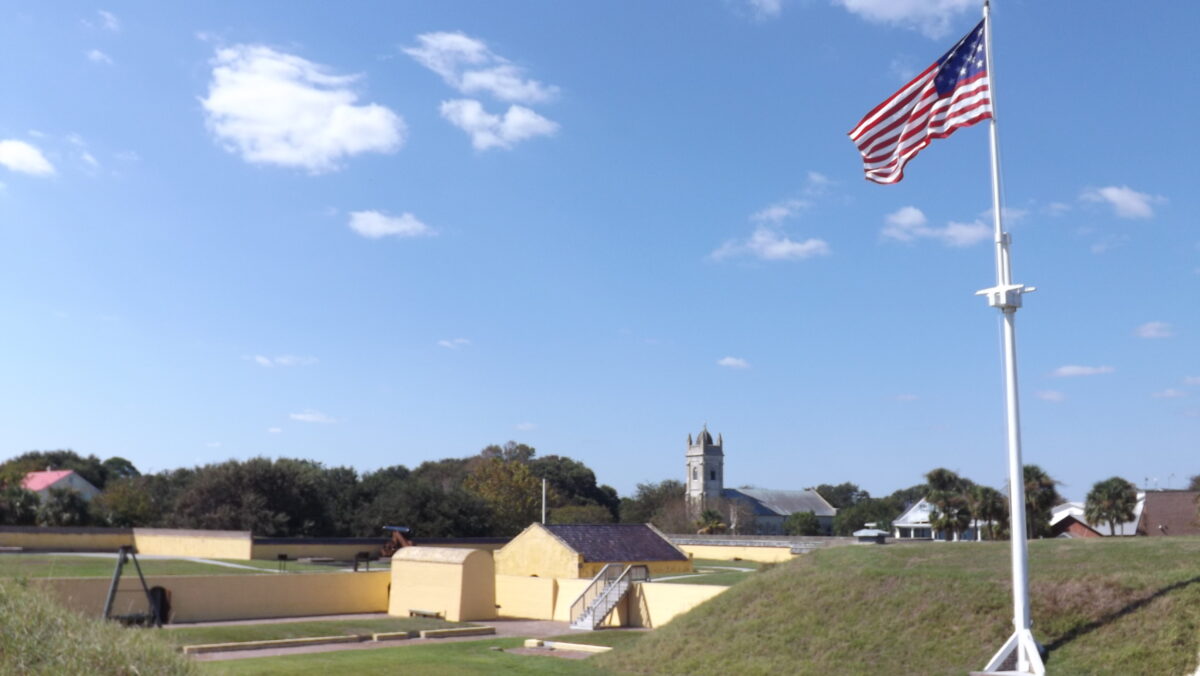
Today you can visit the 5.3 acre site and see weapons and restored structures representing different points of history. Walk around the batteries, check out the cannon and visit the World War II harbor command post. It is fascinating.
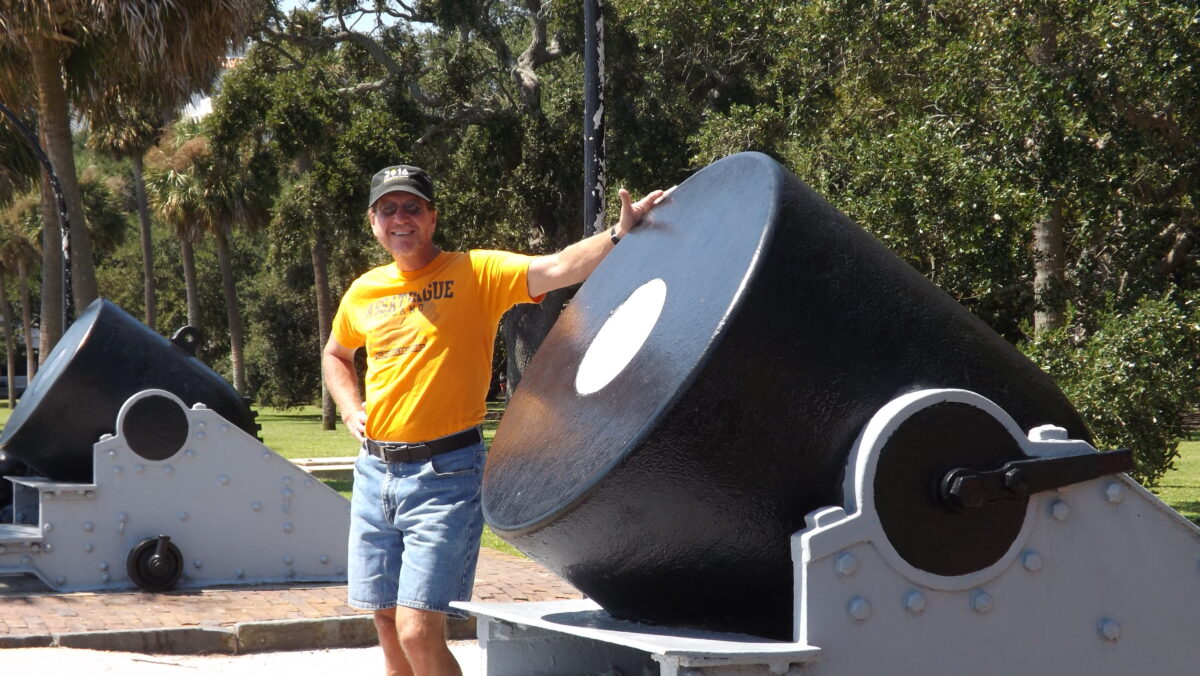
#FindYourPark
#SeeAmericaFirst
Need Help Planning Your Visits?
If you would like to explore this or other National Park Units, but need a bit help in the planning, please give us a call at (480) 609-3978. We are happy to offer customized trip planning.
